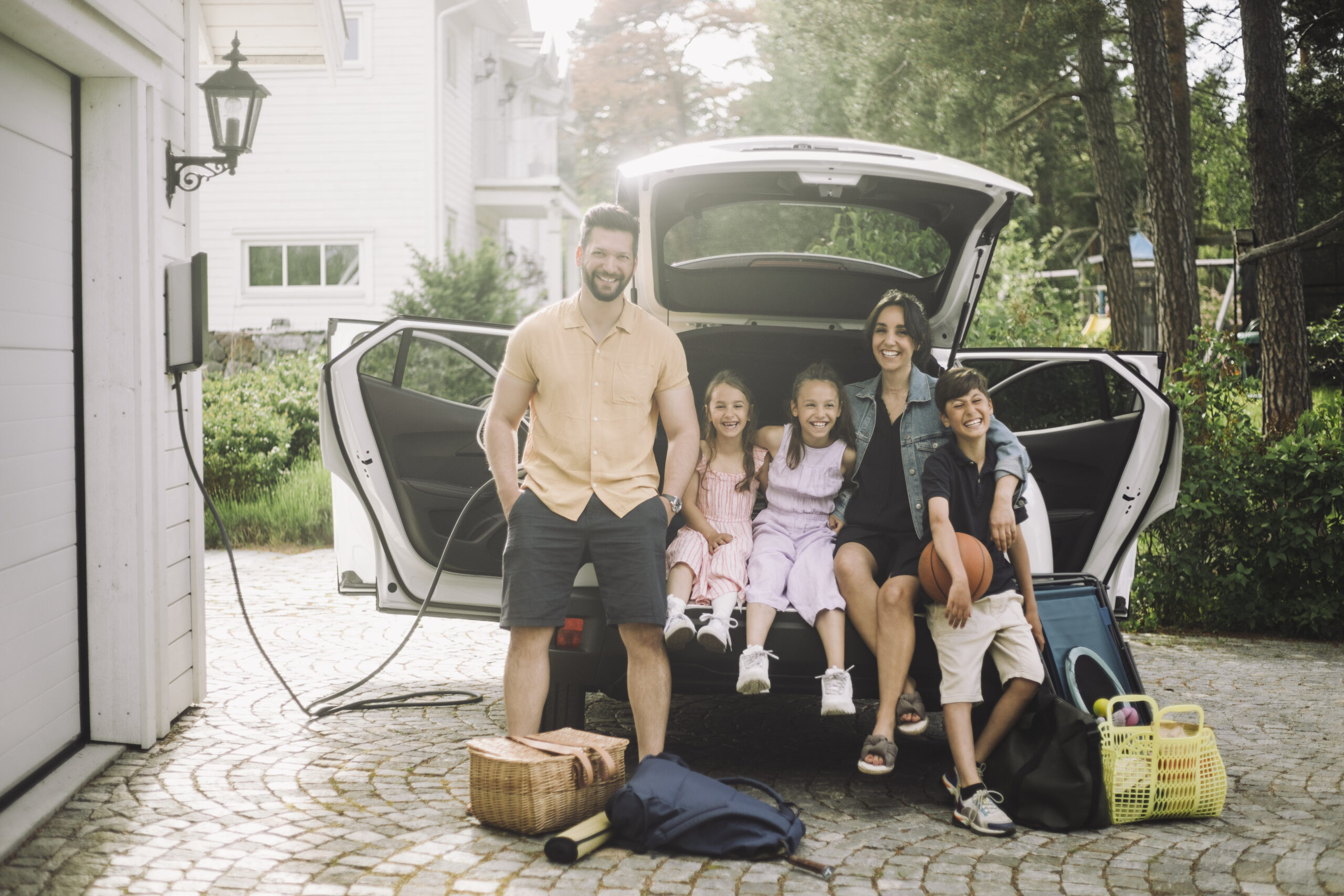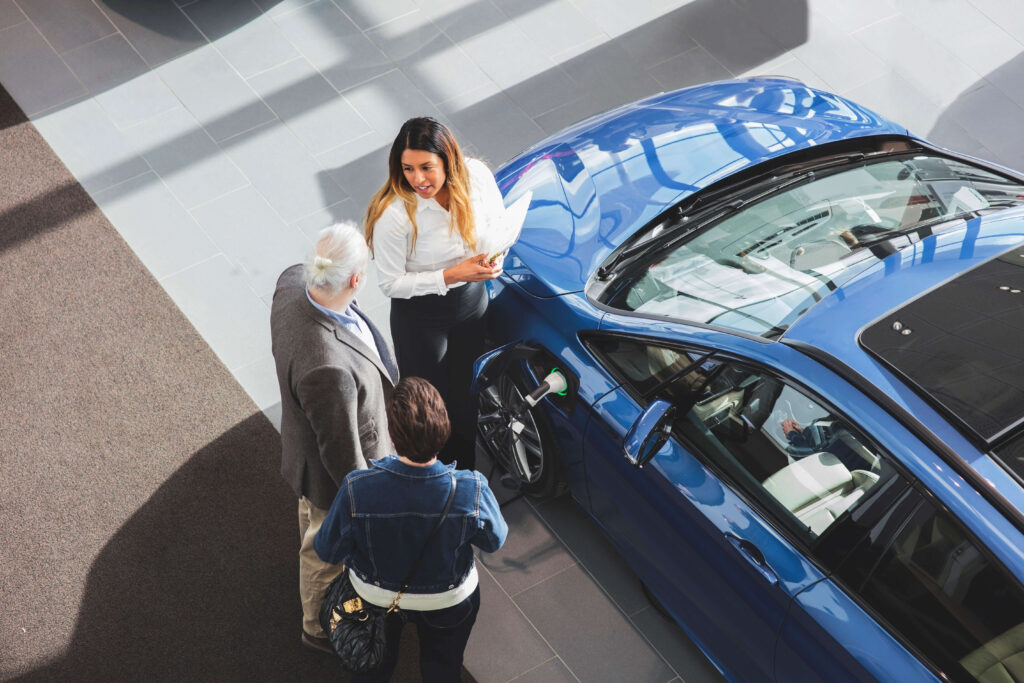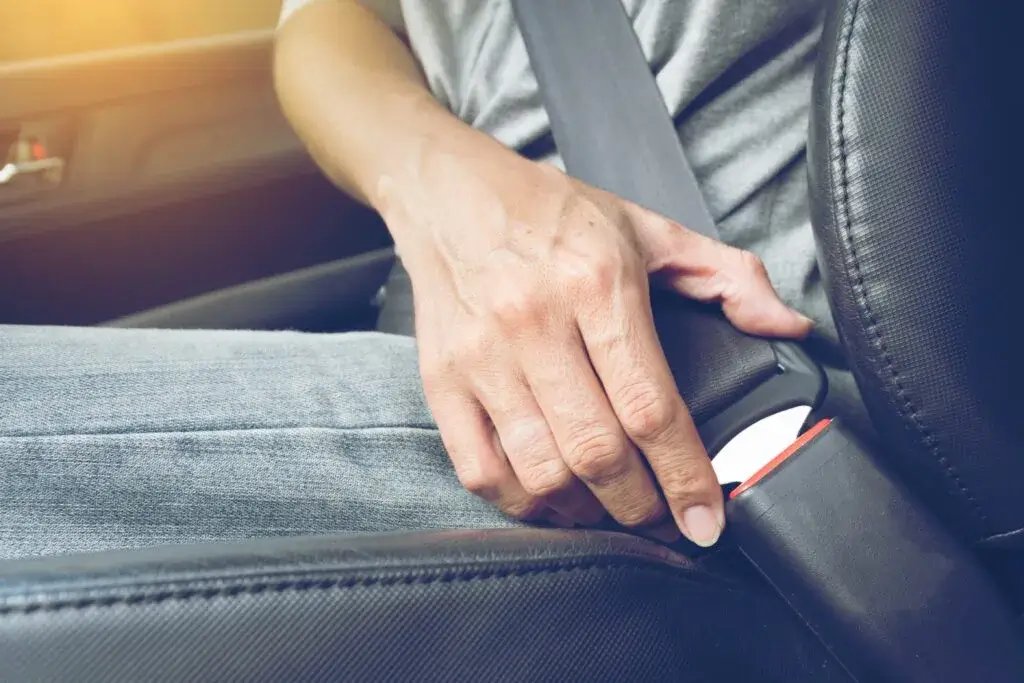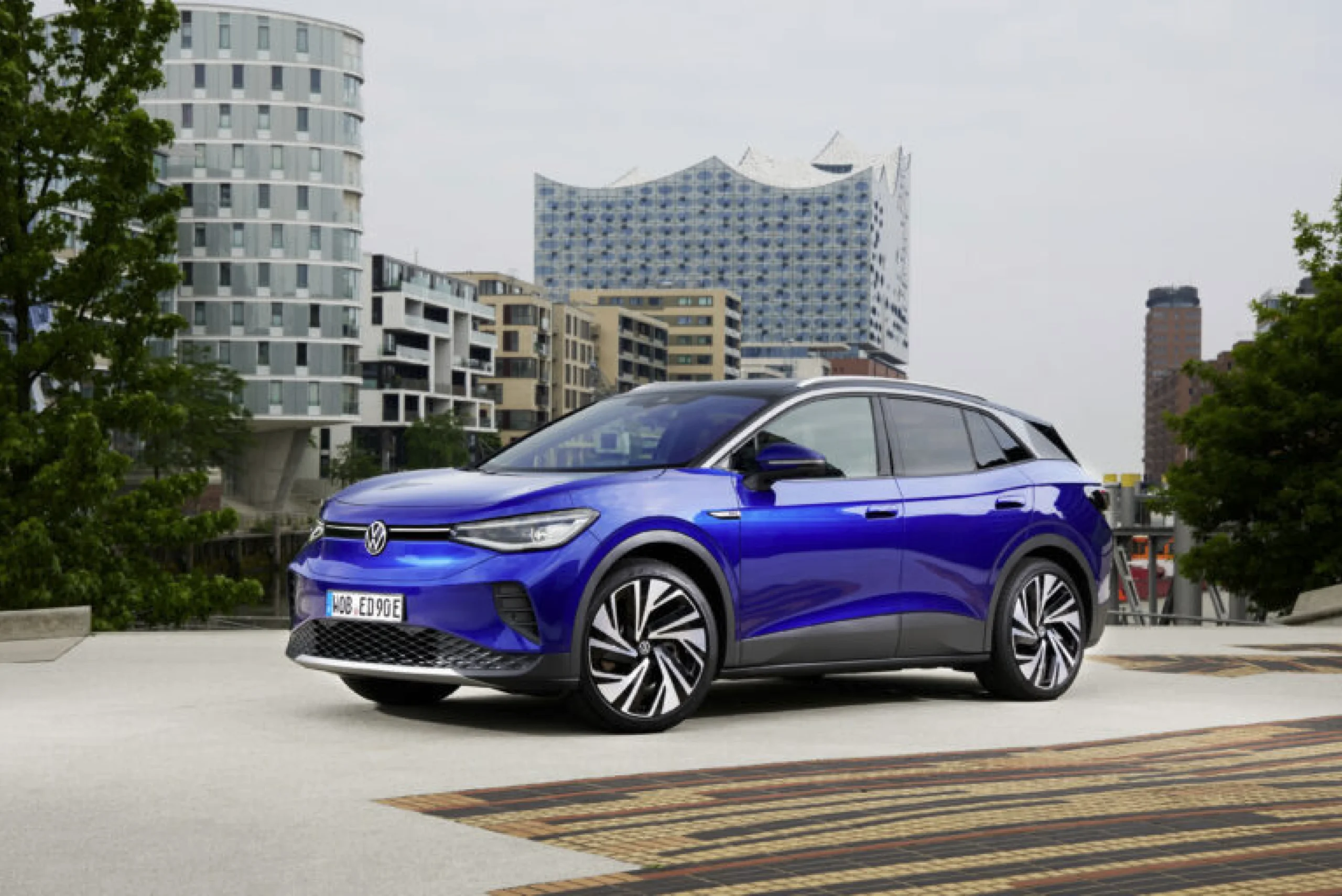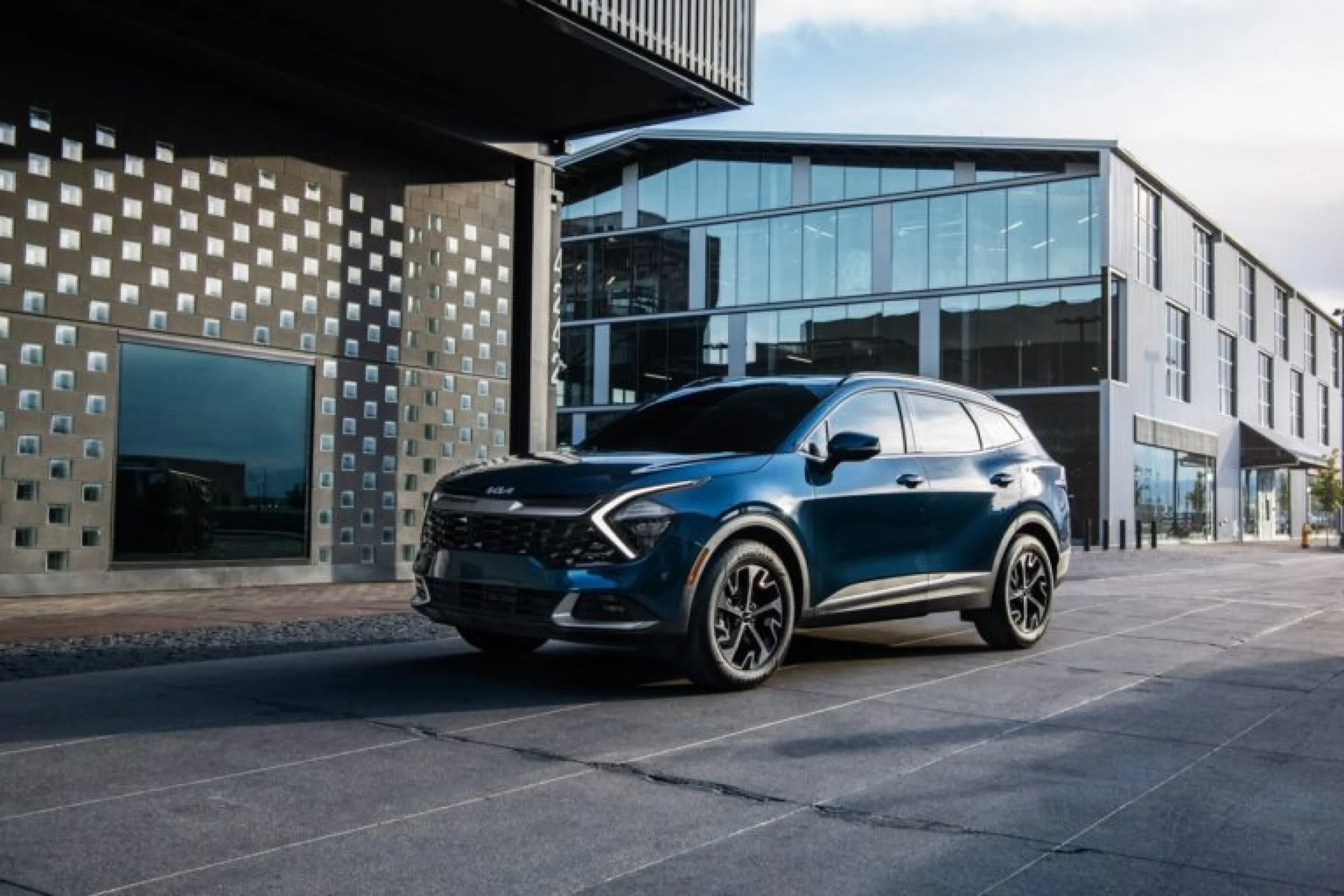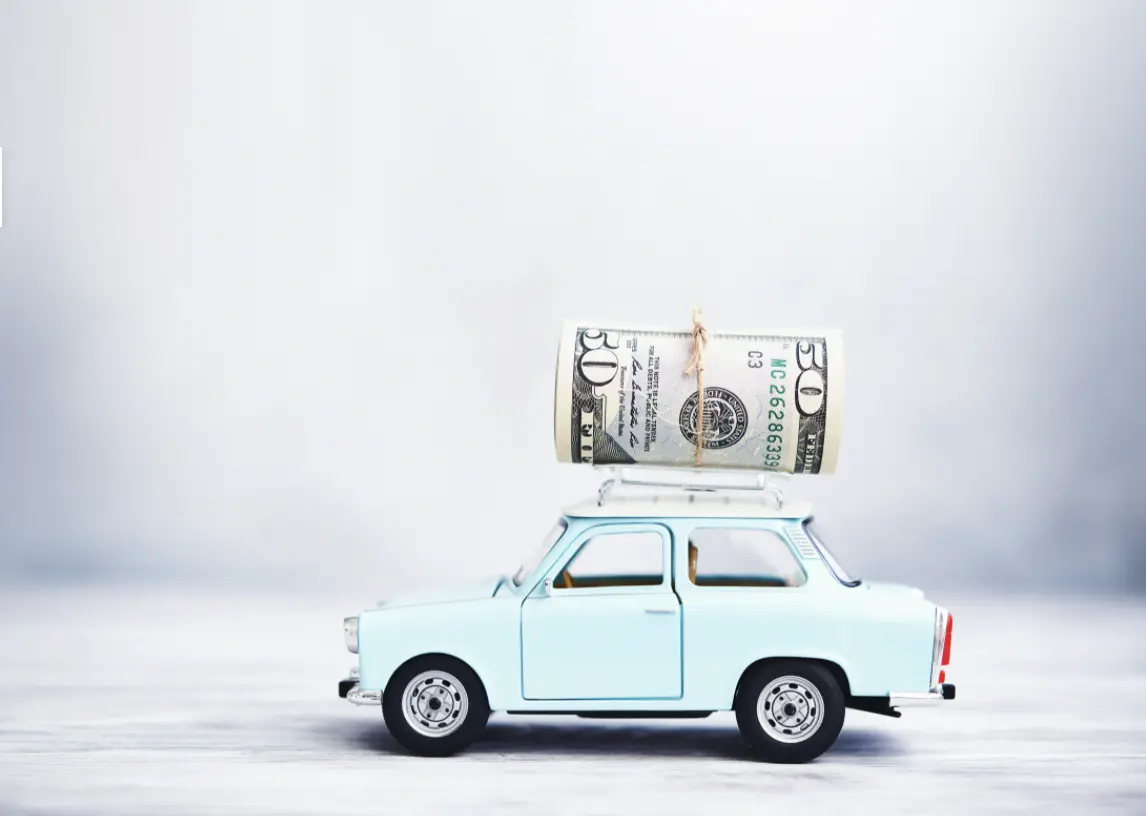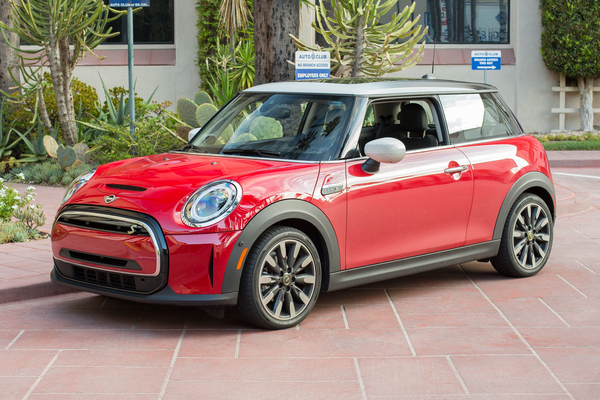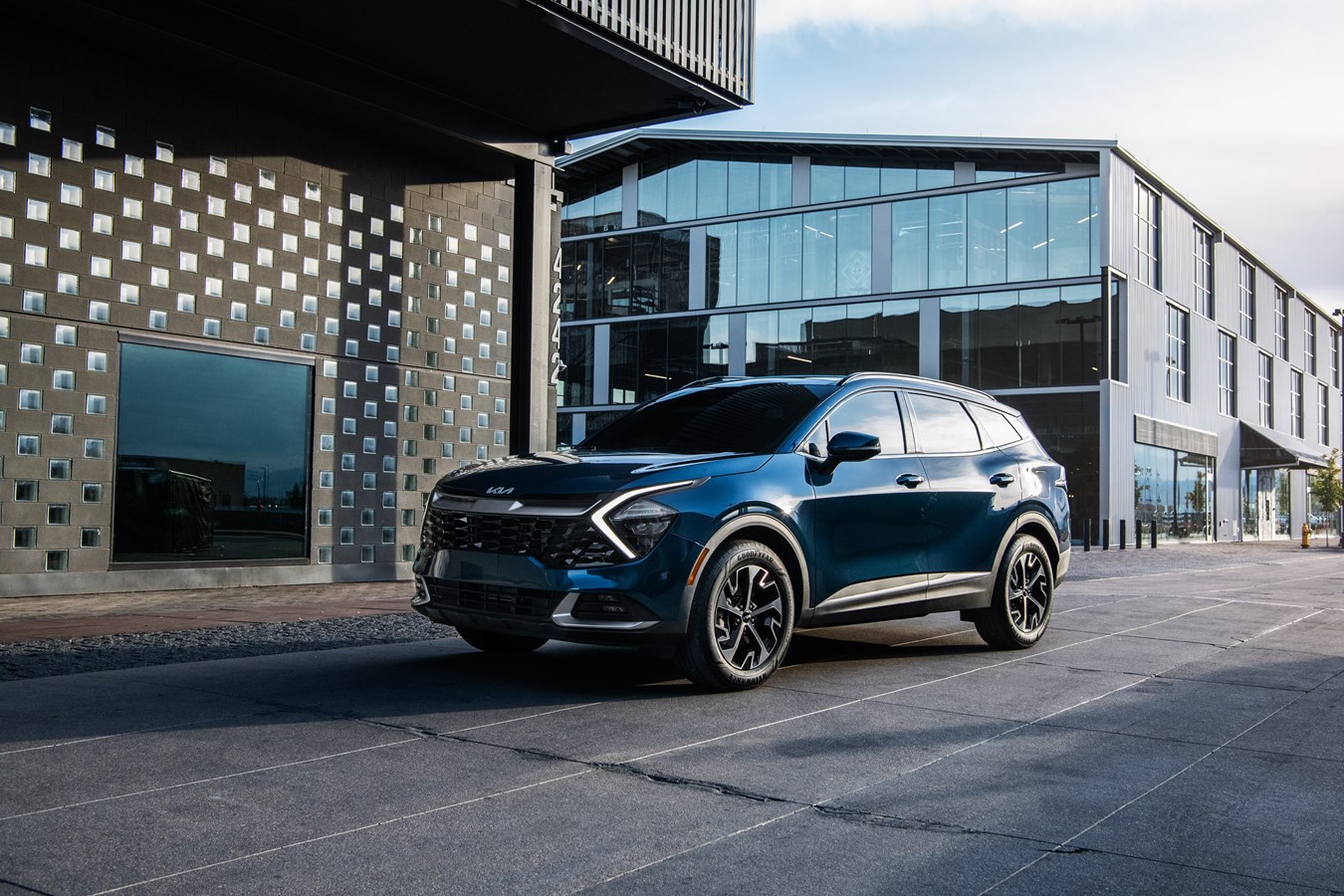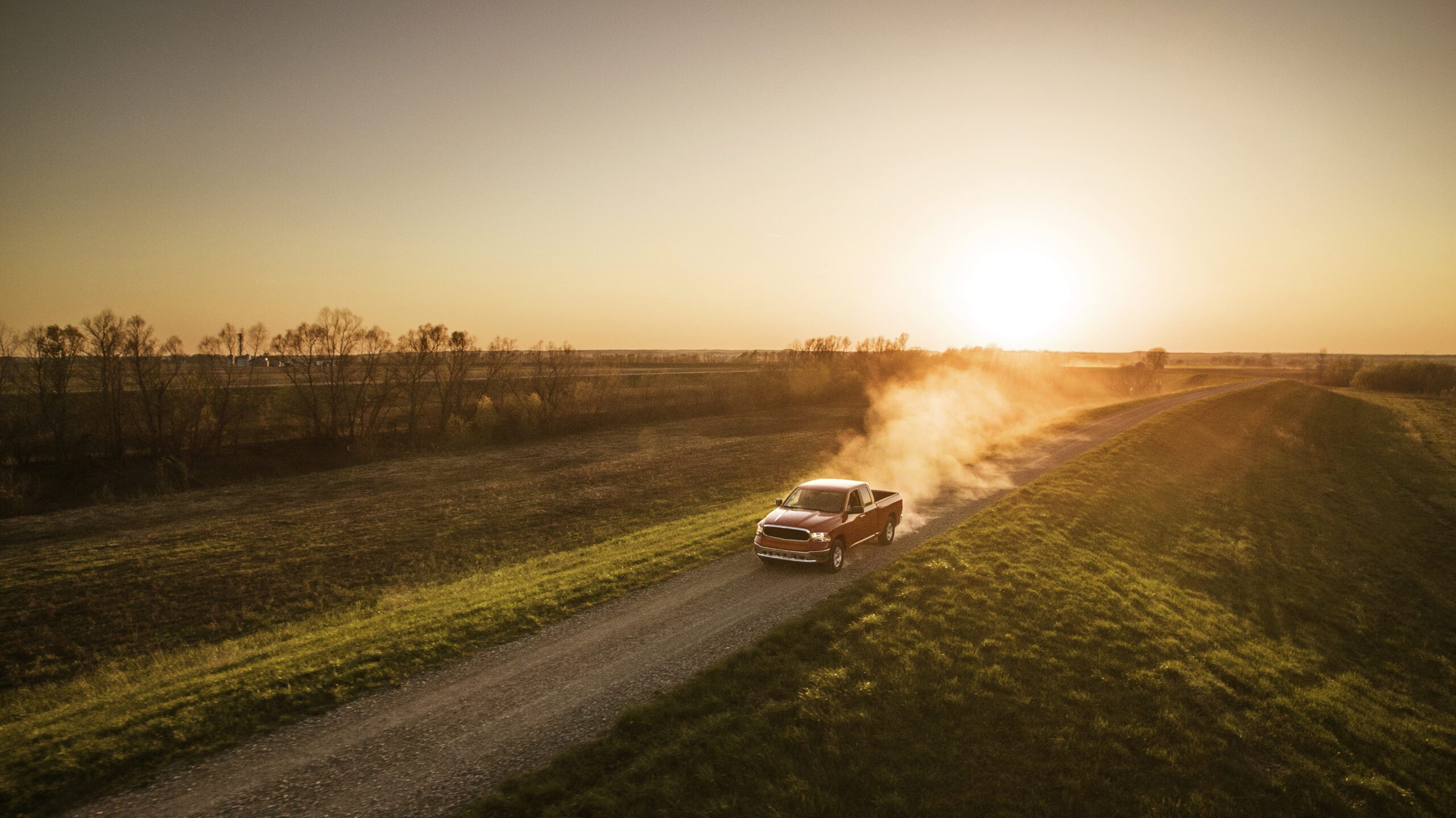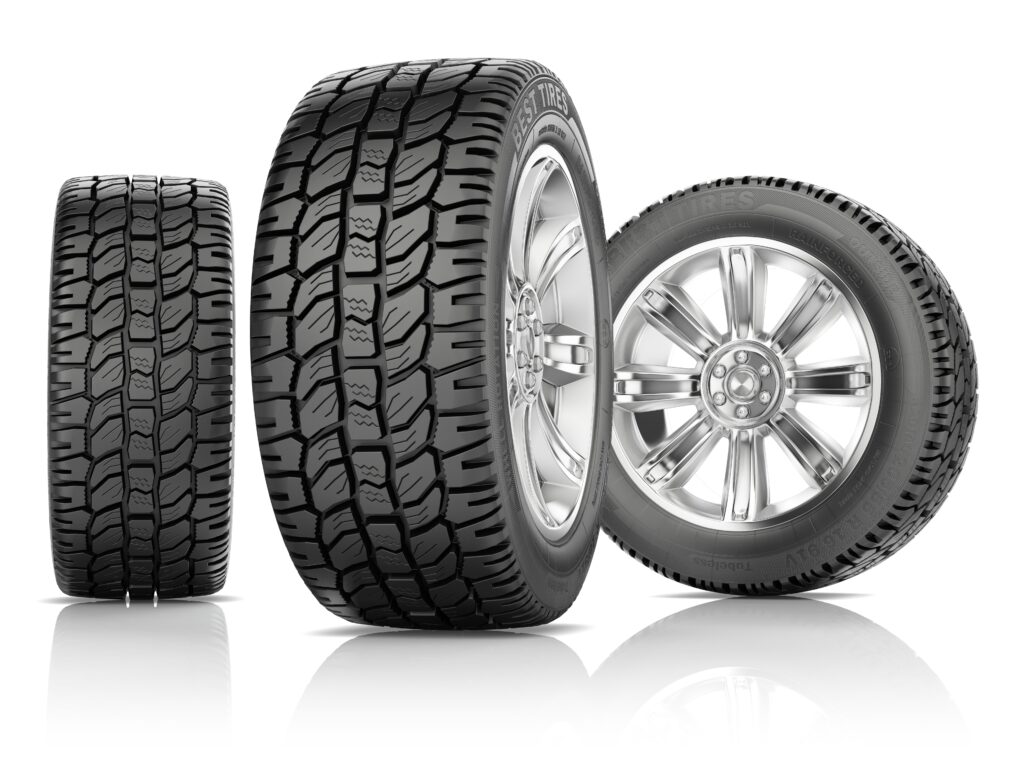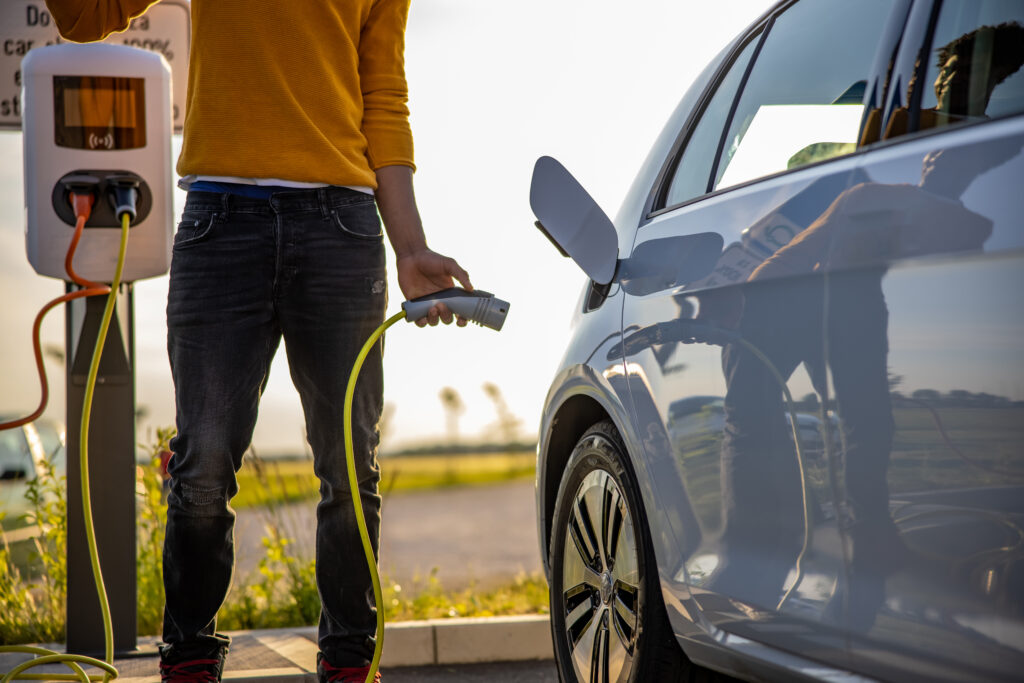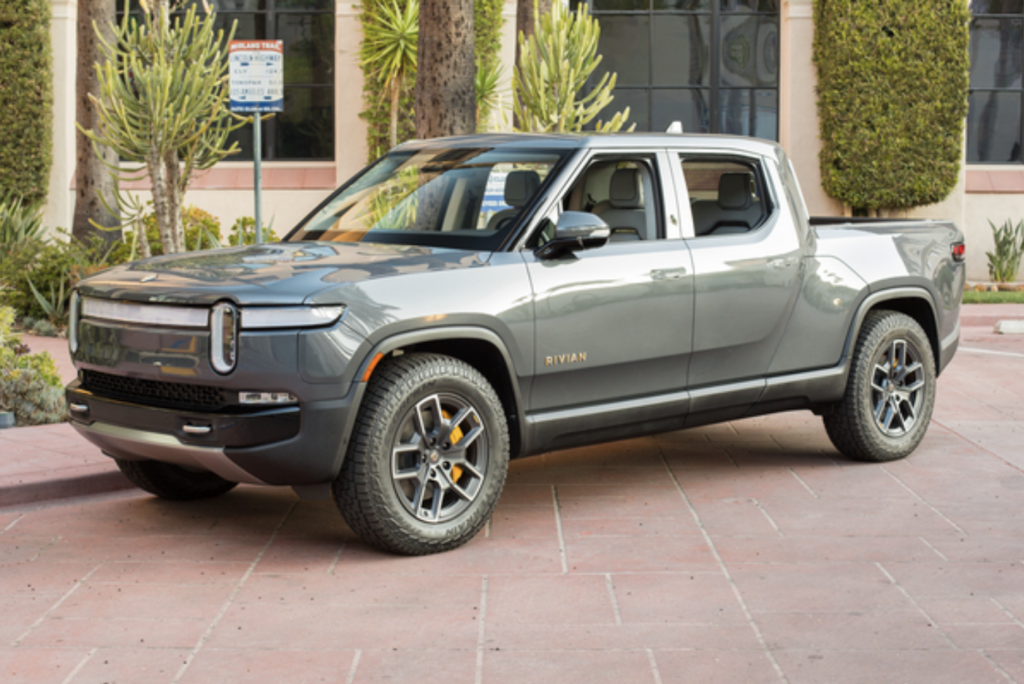
U.S. Rep. John Joyce (R-Pa.) has introduced a bill (H.R. 1435) intended to protect Americans’ right to choose the technology that powers their motor vehicles. The proposed “Preserving Choice in Vehicle Purchases Act” was introduced in response to California’s plans to ban the sale of new gas- and diesel-powered cars and trucks in 2035, unless certain conditions are met, Joyce’s office said. If approved, H.R 1435 would prevent the U.S. Environmental Protection Agency from allowing California’s zero-emissions vehicle regulations to take effect.
Those who have traded their plug-in smartphone charging cord for a charging pad – or have the technology built into their cars – can understand what a game-changer wireless charging could be for electric cars. The convenience could make EVs much more livable on a day-to-day basis.
Wireless charging was originally proposed and demonstrated by Nikola Tesla more than a hundred years ago, and aftermarket wireless-charging solutions have been around for years. But a series of advances over the past 15 years has accelerated the progress of the tech to the point where it’s reliable, efficient and easy to package.
With roughly 85% of charging done at home, these systems are designed to be the daily charging method. They require two sets of hardware: a transmitter pad for a driveway or garage floor that’s connected to a dedicated circuit and a receiver pad to be installed on the bottom of the vehicle.
Systems from WiTricity and others will keep to the J2954 standard designed to reliably produce usable wireless charging at a distance of 3.9 to 9.8 inches, which accommodates the ground clearance of nearly any production vehicle. And, at 11 kilowatts of power, it’s giving the typical EV back about 35 miles of range per hour.
Which electric vehicles offer wireless charging? None currently in the U.S., but that’s likely to change soon. Globally, the rollout has started, with the Genesis GV60 offering the first factory integration of wireless charging, and it’s included in home-market South Korean versions as part of a pilot program. Hyundai included the technology in the development of its E-GMP platform for dedicated EVs, so expect to see the tech in more models and markets soon.

7-Eleven announced the launch of 7Charge, a new EV fast-charging network and app that promises to deliver a fast-charging experience at select stores throughout the U.S. By the time you buy and drink your Slurpee (not too fast or you’ll get brain freeze), your vehicle will be charged and ready for the next leg of your journey.
The 7Charge builds on the initiative started in June 2021, when the company set a goal to install DC fast chargers at 250 selected stores by the end of 2022. 7-Eleven intends to build one of the largest EV fast-charging networks of any retailer in North America. There is no exact number of how many chargers we should expect, but it’s notable that the company operates, franchises, and/or licenses more than 13,000 stores in the US and Canada.
Honda will use a new hydrogen fuel-cell system jointly developed with General Motors in a U.S.-built CR-V crossover. The fuel-cell CR-V will be built in Ohio and launch in the U.S. and Japan by the end of next year.
Honda engineers have cut the cost of the next-generation system to one-third that of the system used in Honda’s previous fuel-cell car – the Clarity sedan, which debuted in 2016. Among other improvements, the durability of the system will be doubled, and the low-temperature performance will be boosted. The new system starts up significantly faster at temperatures as low as minus-22 degrees.
The new technology is an outgrowth of a joint development between Honda and GM dating back to 2013. Honda and GM have been pooling resources on hydrogen fuel-cell development to defray the high costs of the technology, which is seen as a critical steppingstone toward carbon-neutrality goals. The industry will continue its pivot away from internal combustion engines toward electrified vehicles in all formats – as well as the exploration of connectivity and monetizing the reams of data produced as the industry seeks more profit pools. Honda, the world’s largest maker of internal combustion engines, intends to phase out gasoline-burning power plants by 2040 and sell only battery-electric or fuel-cell vehicles by then.
Honda aims to halve the cost of the fuel-cell system by 2030, compared with the technology coming next year, and again double the durability in that time frame. By 2030, Honda expects fuel-cell technology to gain wider acceptance, driving deliveries to 60,000 units a year, and by the late 2030s, annual sales should hit hundreds of thousands of units.
The fuel-cell system arriving in 2024 will be made at a Michigan fuel-cell plant jointly operated by Honda and General Motors. The hydrogen powered CR-V will be assembled at Honda’s Performance Manufacturing Center in Marysville, Ohio, where the NSX supercar was built. The CR-V will accept home charging of its electric battery as well as hydrogen refueling.
AAA’s Recommendation: Whether you own an electric vehicle or a gas-powered car is up to you – and you should consider lots of factors in making that choice. No matter what type of vehicle you’re choosing, we recommend visiting a dealership, test driving one, and asking as many questions as possible to make an informed decision.
